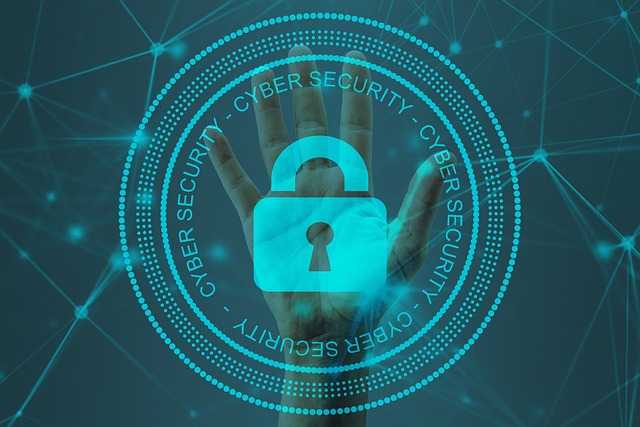
Enhancing IT Security: A Deep Dive into Information Security in the World of Informational Technology
Enhancing IT Security: A Deep Dive into Information Security in the World of Informational Technology
In today’s digitally driven world, where data breaches and cyber threats are increasingly alarming, the significance of information security has never been more pronounced. Every click, every download, and every digital transaction can expose sensitive information to those with malicious intent. As technology continues to evolve, the need to fortify our defenses in the realm of informational technology becomes paramount.
Imagine sitting at your office desk, surrounded by screens displaying important data. Each screen holds the potential for transformation, innovation, and productivity. Yet, lurking at the back of your mind is the harsh reality of cyber threats—hackers eager to exploit even the smallest vulnerability. This is where the critical importance of robust information security strategies comes into play, safeguarding our digital assets against unforeseen incidents.
The Pillars of Information Security
To effectively enhance IT security, we must focus on the core pillars that constitute information security: confidentiality, integrity, and availability—often referred to as the CIA triad. This framework helps organizations develop comprehensive policies that protect sensitive information, ensuring that data is only accessible to authorized users, remains accurate throughout its lifecycle, and is available when needed.
Emphasizing Employee Training
A significant aspect of fortifying information security lies in recognizing that technology is only as strong as its weakest link—often, that link is human. Employee training and awareness programs are essential in fostering a culture of security within organizations. By educating staff on best practices for data protection, including recognizing phishing attempts and creating strong passwords, businesses can reduce the chances of successful cyberattacks.
Adapting to New Technologies
As we integrate more advanced technologies into our operations—like cloud computing, artificial intelligence, and the Internet of Things—we must also adapt our security measures to mitigate new risks. Cloud services, while offering flexibility and convenience, can create unique vulnerabilities if not properly managed. Adopting a multi-layered security approach ensures that each layer serves as an additional barrier against unauthorized access, safeguarding digital assets.
The Role of Compliance and Regulations
In the ever-evolving landscape of information security, compliance with regulations becomes a necessity, not just a checkbox on a list. Organizations must adhere to legal and regulatory frameworks that govern data protection, such as the General Data Protection Regulation (GDPR) and the Health Insurance Portability and Accountability Act (HIPAA). Understanding and implementing guidelines set forth by these regulations can bolster our defense mechanisms and enhance trust among clients and stakeholders.
Conclusion
As we navigate the complexities of the digital age, prioritizing information security within the sphere of informational technology is a shared responsibility among all individuals involved. We must remain vigilant, resilient, and proactive in our efforts to protect sensitive information, ultimately ensuring a safer digital experience for everyone involved.



